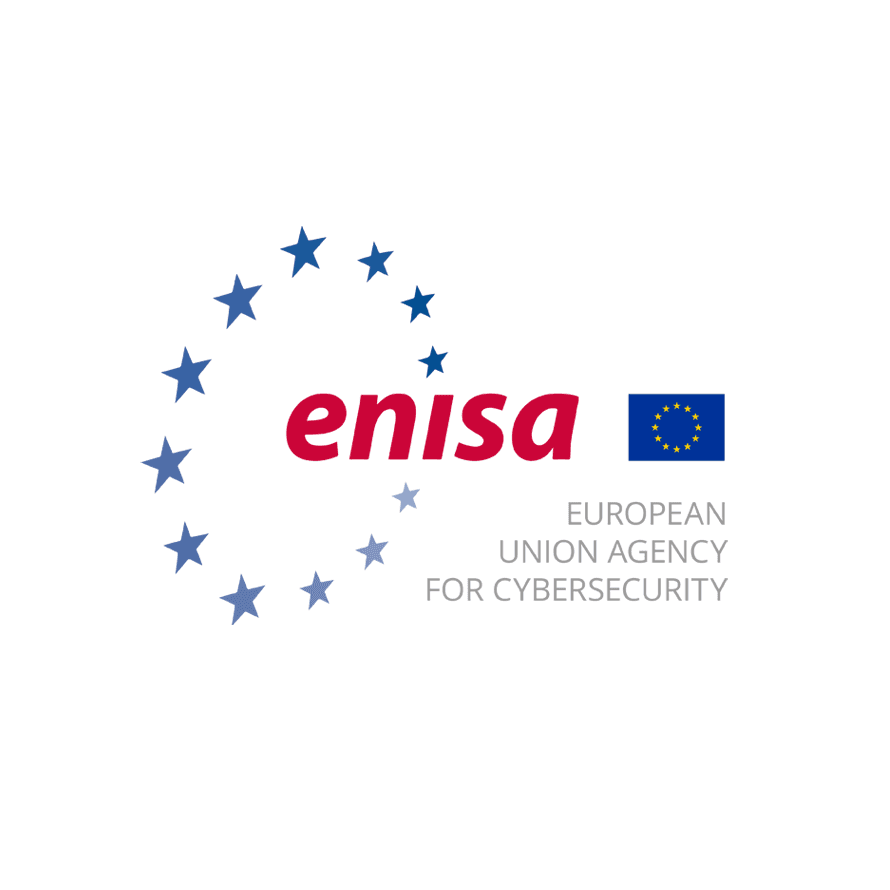SEC595: Applied Data Science and AI/Machine Learning for Cybersecurity Professionals


Experience SANS training through course previews.
Learn MoreLet us help.
Contact usBecome a member for instant access to our free resources.
Sign UpWe're here to help.
Contact UsHone your skills with premier training courses developed within the ECSF framework, a practical tool to align and assure core competencies across European cybersecurity professionals.

The European Cybersecurity Skills Framework (ECSF) is a practical tool to support the identification and articulation of tasks, competences, skills and knowledge associated with the roles of European cybersecurity professionals. The ECSF provides profiles of 12 typical cybersecurity professional roles. The main purpose of the ECSF is to create a common understanding between individuals, employers and providers of learning programmes across the EU.
For more information on this framework and how it can assist you in finding the right cybersecurity training for you or your organisation, speak to a SANS representative.

In this video we discuss how to use European Cybersecurity Skills Framework (ECSF) along with how it can be applied to meet the standardization of the work roles within your security teams. Brian Correia - Director of Business Development of GIAC, Fabio Di Franco - Project Manager of ECSF/ENISA, and Richard Widh – CEO of Ancautus provide a mixture of a presentation, interview, and Q&A on useful ways to apply the ECSF framework to your organization along with a case study where such frameworks have been beneficial in the real world.

The ECSF summarises all cybersecurity-related roles into 12 profiles, which are individually analysed into the details of their corresponding responsibilities, skills, synergies and interdependencies. It provides a common understanding of the relevant roles, competencies, skills and knowledge required, facilitates recognition of cybersecurity skills, and supports the design of cybersecurity-related training programmes.